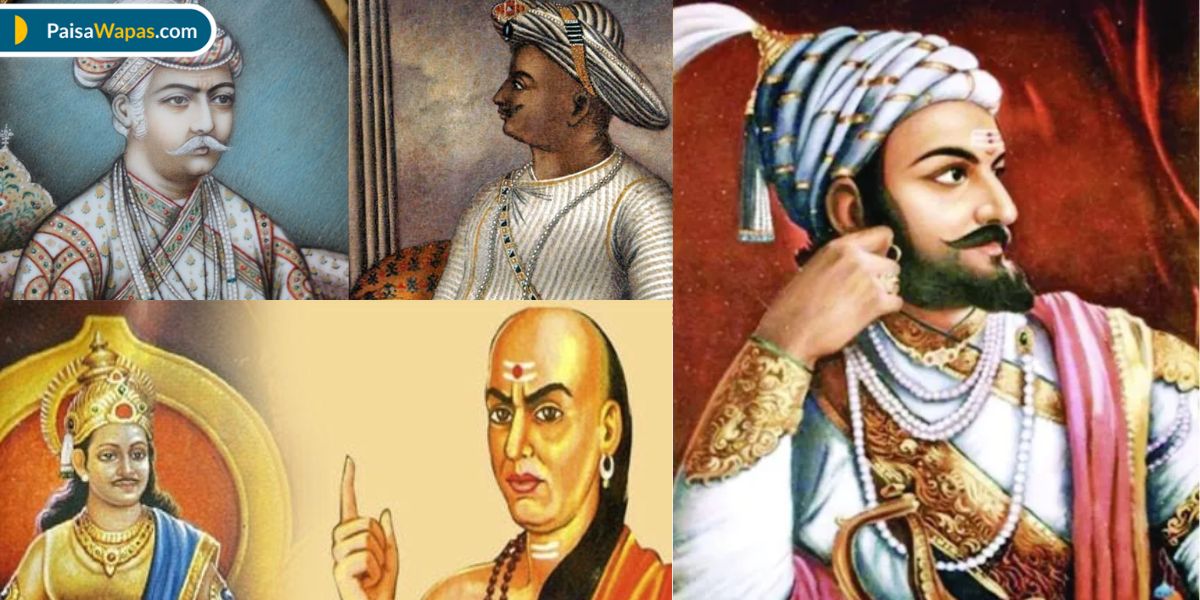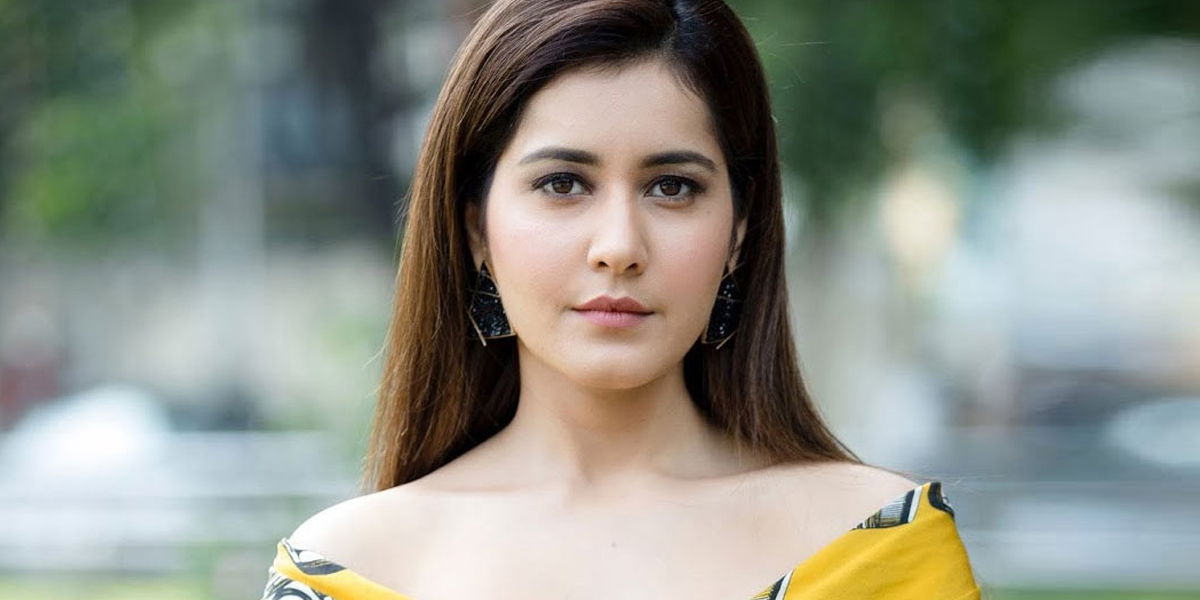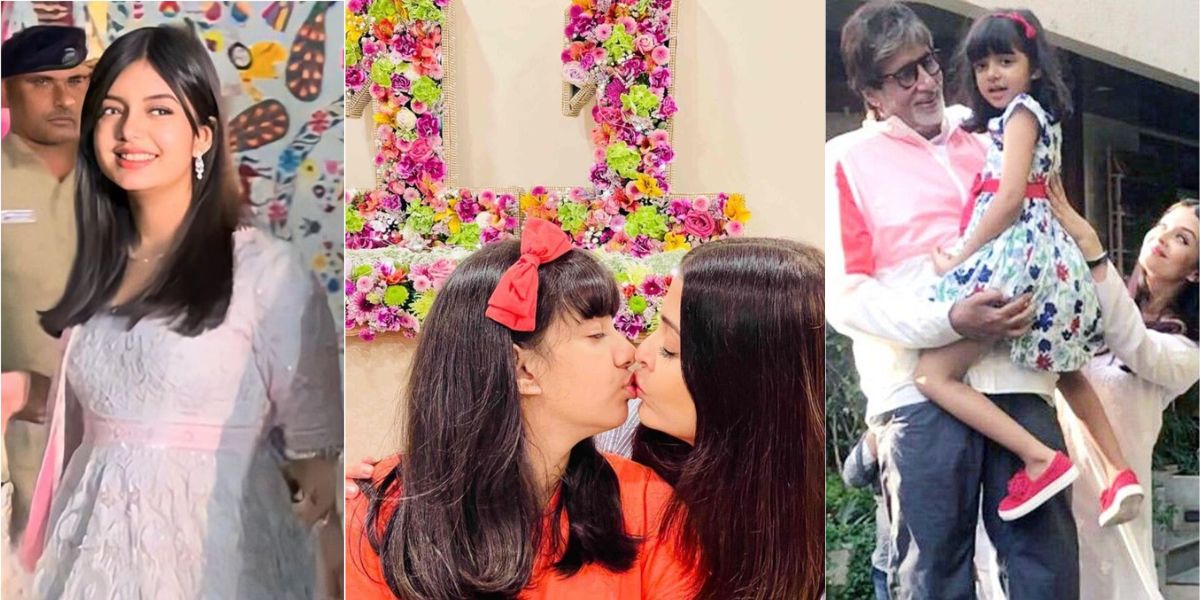India has produced strong, valiant kings. The dynasties that raised their swords to invade, defend, and expand are described in historical accounts. The story of the Indian monarchs is fascinating, therefore it’s worth hearing. Several monarchs have ruled India over the years; these are the top ten most powerful Indian kings. We have highlighted leaders with strategic skill and regal rank who care about the well-being of the people.
EMPORER |
DYNASTY |
PERIOD |
| CHANDRAGUPTA MAURYA | Mauryan Dynasty | 324-297 BC |
| ASHOKA MAURYA | Mauryan Dynasty | 268-232 BC |
| RAJA RAJA CHOLA | Chola Dynasty | 985-1014 |
| PRITHVIRAJ CHAUHAN | Chauhan or Chahamana Dynasty | 1178-1992 |
| MAHARANA PRATAP | Chahamana or Chauhan Dynasty | 1572-1597 |
| HEMCHANDRA VIKRAMADITYA | Bhonsle | 1501-1556 |
| AKBAR | Sandhawalia | 1556-1605 |
| TIPU SULTAN | Sultan | 1782-1799 |
| MAHARAJA RANJIT SINGH | Mughal Dynasty | 1801-1839 |
| SHIVAJI MAHARAJ | Suri dynasty | 1674-1680 |
5 FAMOUS INDIAN KINGS
❖ SHIVAJI MAHARAJ

Shivaji Maharaj oversaw a competent, progressive civil administration that included well-trained military personnel and well-functioning administrative structures. He created new military tactics and marked the start of an armed conflict known as the Shiva sutra or game kava, which used strategic location, swiftness, and surprise along with focused targeted strikes to defeat more formidable foes.
Shivaji, the most successful commander and greatest emperor in Indian history, is regarded as the founder of the Indian Navy. He was the first to recognize the importance of having a fleet. He was the first Indian king to make good use of his natural surroundings.
❖ CHANDRAGUPTA MAURYA

India’s history was profoundly impacted by Chandragupta Maurya. Before he consolidated power, the Nanda Empire ruled the Indus- Gangetic Plain, and the maturity of the Indian Key was divided into small countries. His sphere included Afghanistan and Balochistan in the west, Bengal in the east, the Deccan Plateau in the south, the Himalayas and Kashmir in the north, and Bengal in the west. It was the largest Indian Empire in recorded history.
After reaching adulthood, Chandragupta overthrew the Nanda dynasty, took control of Magadha, and extended his rule to Iran. Alexander’s commander at the time, Selukas, oversaw a government. He lost a great deal of the kingdom to Chandragupta when the latter defeated him in battle.
❖ PRITHVIRAJ CHAUHAN

One of the topmost soldiers in Indian history, Prithviraj is considered to be among the most stylish in all of history. He inherited the area of Ajmer in 1179, the time his thirteen-year-old father was killed in combat.
His grandfather Angam, the ruler of Delhi, named him the heir apparent after hearing of his valor and bravery. He once killed a lion with just his might and no weapons. He was widely renowned for being the King of the Warriors. Delhi was ruled by Chauhan, the last Hindu ruler to rule independently.
At the age of 20, he assumed control in 1169 CE and ruled from the twin cities of Delhi and Ajmer. He defeated Bheemdev, the strong ruler of Gujarat when he was barely thirteen years old.
❖ MAHARANA PRATAP

As a Hindu Rajput, Maharana Pratap governed the Mewar Kingdom. In the meantime, practically all of the other Rajput rulers who served Pratap had turned into Mughal warriors. Akbar was mostly represented by Pratap’s brothers, Shakti Singh and Sagar Singh.
In actuality, numerous Rajput rulers served as army generals and council members in Akbar’s army, such as Raja Man Singh of Amber (eventually recognized as the Maharaja of Jaipur).
Akbar sent six diplomatic missions to try to persuade Pratap to reach a similar peaceful accord that he had achieved with the other Rajput kings. However, Pratap politely declined to react to Akbar’s rule, saying that neither he nor the Sisodia Rajputs would submit to the authority of any other nation.
❖ AKBAR

Akhbar was Humayun’s successor. He was the strongest King in Indian history. He respected individuals of different beliefs and ideas and appreciated diversity. One example of an Indian ruler who exhibited courage in combat, cunning at court, and love for his subjects is Akbar.
In this way, he dominated both east to west and south to north. He’s without a mistrustfulness one of the topmost lords in history as a result.
To combine with the sizable Mughal Empire, Akbar established a centralized administrative framework throughout his empire.
FOLLOWED BY
-
MAHARAJA RANJIT SINGH
- Despite losing an arm and one of his eyes, the founder of the Sikh kingdom built one of the largest empires in India. He drove out the Durrani community from Punjab, seized possession of Peshawar and Multan, and eventually took over the entire province. He vanquished the evil Pathans in Kasur and extended his sphere of influence to the foothills of the Sulaiman Mountains.
-
TIPU SULTAN
- Many people think he was a horrible and unfit king because of how he treated his prisoners and how disappointed he was with his defeated opponents. As the final monarch to defeat the British in combat, he was an unmatched fighter and the Indian equivalent of the “Last Samurai.” This makes him a formidable contender for this award.
-
RAJA RAJA CHOLA
- Raja Raja the Great, who reigned from 985 to 1014 CE, was one of the greatest Indian Emperors; his name means “the King of Kings.” He was regarded as the forerunner of the heights of Chola grandeur. During his reign, the Chola Dynasty started to develop into a strong Empire.
-
HEMCHANDRA VIKRAMADITYA
- Hemu was designated the de facto Ruler and took on the title of Vikramaditya, which had been held by several Hindu kings since the time of the Vedas. He brought new governance to North India after more than 350 years under Mughal and Turkish domination (except for a brief period).
-
ASHOKA MAURYA
- One of the greatest monarchs of India, Ashoka ruled over a kingdom spanning from the Hindu Kush mountains in the west to Bengal in the east, including the entire Indian subcontinent except some parts of modern-day Tamil Nadu and Kerala.
Also read: BURGER KING FRANCHISE COST INDIA FOR 2023
INTERESTING FACTS ABOUT INDIAN KINGS
- In the 1940s, Mir Osman Ali Khan Siddiqi, the final Nizam of the Princely State of Hyderabad, culminated as the richest Indian in history. He held two billion bones at the time, making him a billionaire( about 2 of the US frugality at the time). With this plutocrat, he bought the 200 million Jacob Diamond, the biggest diamond in the world, to serve as a paperweight.
- After the ruler of the Mysore Empire was assassinated, the Wodeyar dynasty seized power. But after a few days, the queen was apprehended after managing to get away. However, the queen cursed the Wodeyar dynasty to an heirless future by killing herself in the Cauvery River. The family erected a statue of her and worshipped her after she committed suicide.
- There was no succession to the Wodeyar kingdom after Srikantadatta, the final heir, passed away without producing any children.
- Mahabat Khan Rasul Khan, the Nawab of Junagarh, was an avid dog lover who kept 800 canines under his care, each with a personal attendant. He was presumably the only king who arranged marriages for his pets and organized spectacular balls. He even invited Lord Irwin, the Viceroy of India, on one such occasion. Nonetheless, the invitation was graciously turned down.
- Known as “Chandal Ashok,” which translates to “brutal,” was King Ashoka. After murdering his 99 brothers to take the throne, he was given this name. But he named Tissa, one of the 100 brothers, his deputy king and saved him.
- Prince Bodhidharma of the Pallava dynasty traveled to China and initiated the Shaolin monks’ physical training, resulting in Kung Fu’s development.
- The only known Indian royal to come out as gay is Prince Manvendra Singh Gohil. Regretfully, his own family disowned him since he tarnished their reputation and heritage.
- Following an insult from a Rolls Royce salesman in London, King Jai Singh of Alwar picked up the trash around the city using their vehicles. He persisted in doing so until the business issued an apology for their actions.
- In the 1960s, Vogue Magazine listed Maharani Gayatri Devi, popularly known as Rajmata of Jaipur, among “The Ten Most Beautiful Women Of The World.”
- Gayatri Devi’s mama , Maharani Indira Devi, was a fashionista. Salvatore Ferragamo, one of the most well-known shoe contrivers of the 20th century, was commissioned by the Queen of Cooch Behar to produce 100 dyads of shoes. There were shoes with diamond embellishments on them.
SUMMARY
It’s hard to quit researching India’s strong and accomplished warriors and kings. We have known some amazing emperors from pre-independence India. The top 10 prominent kings and emperors in this article have been carefully chosen, and even though they were in power, they had a big influence on India’s history.












Add Comment